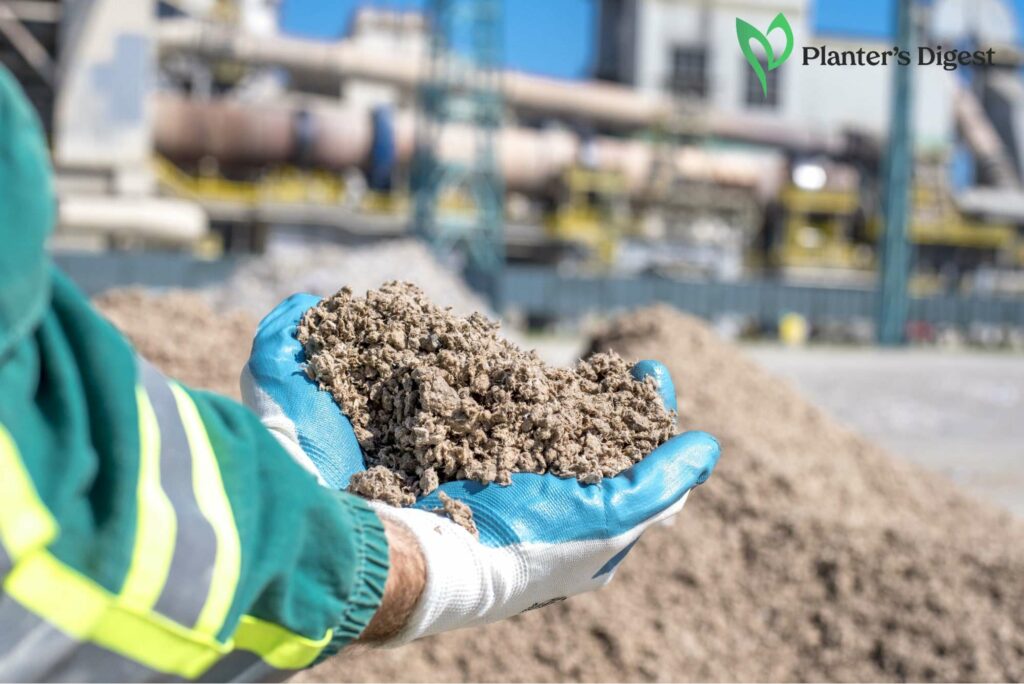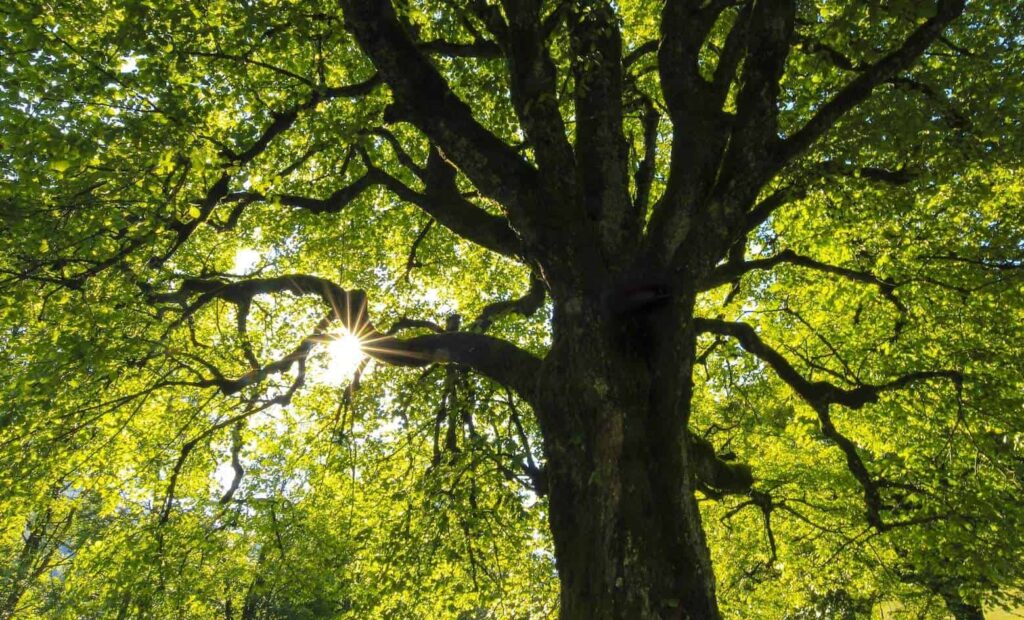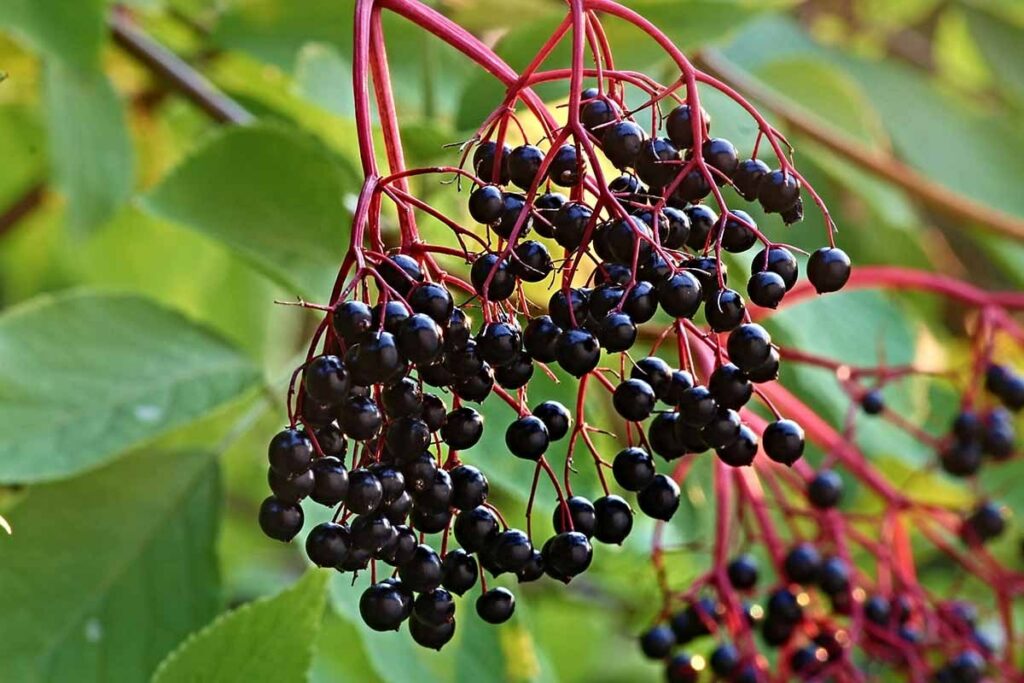Builders sand is an effective and budget-friendly way of improving soil drainage and aeration. It is usually added to native soil, potting mix and seed starting mixes to let the air and water flow directly onto the plant’s roots.
We’re here to tell you everything you should know about builders sand and how to use it to improve your plants’ health. Read on to learn more about this gardening hack.
Can I use builders sand for gardening?
You can use builders sand for gardening, especially to improve the soil’s water drainage capacity. However, use it correctly and mix it with other types of soil so it will not leach and deprive other plants of nutrients.
Builders sand can also be used for plants that prefer well-drained soil or drought-tolerant plants such as succulents and cacti. Others add builders sand to improve drainage in clay soil when it becomes too compact.
Builders sand is mixed with loam and compost to create a sandy yet fertile soil to support the plants’ optimum growth. It’s added to the bottom of the pot before the soil or potting mix to help prevent the roots from sitting in water.
When dealing with builders sand, note that it can get dusty, so always wear a mask. Be careful when dealing with this material because it’s sharp and can leach nutrients from the soil, so always add them to compost or other organic materials regularly.
When To Use Builders Sand in Your Garden
Builders sand can be used in the garden as an additive to seed starting mix, potting soil, mulch or for seed germination or propagation by cuttings. It can also help improve drainage, aeration and the quality of native soil.
Read on to know when to use builders sand in different gardening situations.
1. Add builders sand to a seed starting mix
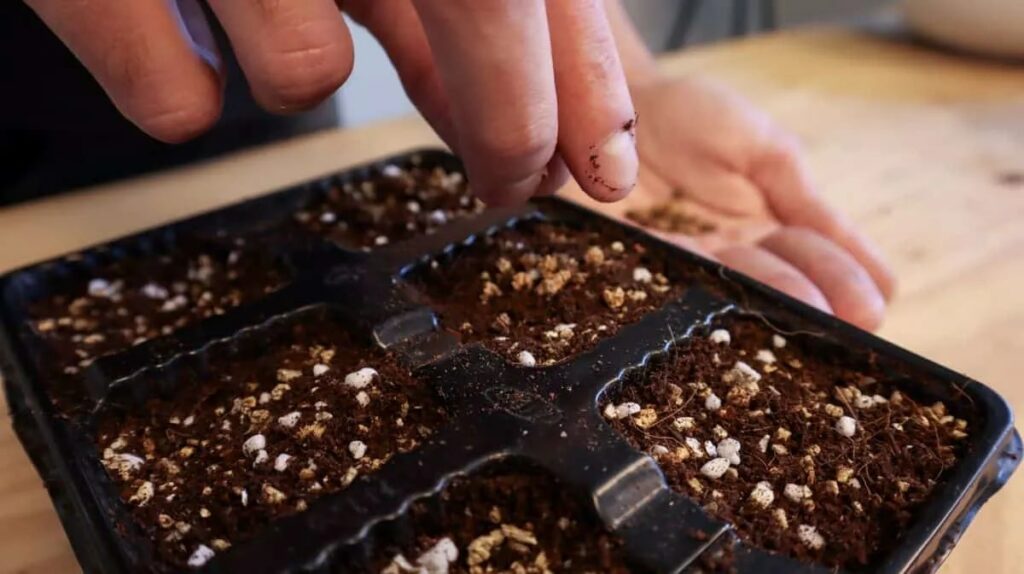
| Difficulty | Easy ●○○○○ |
| Duration | 15 to 45 minutes |
| Things You Need | Builders sand Potting mix Compost Perlite Container Seed trays |
Builders sand can be added to the seed starting mix because it helps improve water drainage in soil and prevents the seedlings from suffering from root rot. It’s also free of nutrients that can burn young seedlings and pathogens that can cause their early death.
How To Do
1. Mix builders sand, potting mix, and compost in equal parts in a container.
2. Add a small amount of perlite to the mixture.
3. Fill the seed trays with the builders sand mixture.
4. Sow the seeds and water the seed tray.
5. Place the seed tray in a warm, sunny location and wait for the seed to sprout.
2. Use builders sand to help seeds germinate
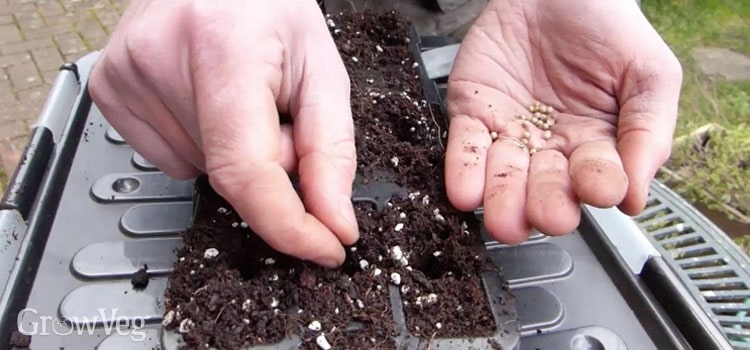
| Difficulty | Easy ●○○○○ |
| Duration | 15 to 45 minutes |
| Things You Need | Builders sand Small container Water |
Builders sand is light and airy, so it keeps the newly-sown seeds away from each other and prevents clumping. As a result, there will be faster seed germination.
How To Do
1. Fill the container with builders sand.
2. Moisten the sand by misting it with water.
3. Sow the seeds on the surface of the sand.
4. Cover the seeds with a thin layer of sand.
5. Water the seeds lightly.
6. Place the container in a warm, sunny location and wait for them to germinate.
3. Use builders sand to improve drainage of wet clay soil
| Difficulty | Easy ●○○○○ |
| Duration | 15 to 45 minutes |
| Things You Need | Builders sand Potting mix Compost Perlite |
Some plants, like succulents and cacti, are sensitive to wet or clay soil. When you add builders sand to this type of soil, it helps improve drainage while its lightweight feature prevents the pots from becoming too heavy.
How To Do
1. In equal parts, mix equal parts builders sand, potting mix, and compost in a container.
2. Then, add a small amount of perlite to improve the drainage of the mixture.
3. Repot your plants and plant them using this mixture.
4. Use builders sand to help keep cuttings in place
| Difficulty | Easy ●○○○○ |
| Duration | 15 to 45 minutes |
| Things You Need | Water Cuttings Container Plastic bag |
You can also use builders sand to propagate cuttings. The sand keeps the cuttings in place and prevents them from rotting and contracting plant diseases.
How To Do
1. Fill the container with builders sand.
2. Moisten the builders sand with water.
3. Place the cuttings in the sand.
4. Cover the cuttings with a plastic bag.
5. Place the container in a warm, sunny location.
6. Keep the sand moist daily and wait for the cuttings to root after a few weeks.
5. Use builders sand to improve native soil
| Difficulty | Easy ●○○○○ |
| Duration | 15 to 45 minutes |
| Things You Need | Water Builders sand Native soil Rake |
Builders sand is lightweight, preventing the native soil from becoming compacted. When added to the soil, it also helps drainage, especially for trees and shrubs, which are sensitive to wet and heavy soil.
How To Do
1. In equal parts, mix equal parts builders sand and native soil in a container.
2. Using a rake, spread the mixture over the area you want to improve the soil drainage.
3. Water the soil thoroughly.
6. Use builders sand to prevent root vegetables from rotting
| Difficulty | Easy ●○○○○ |
| Duration | 15 to 45 minutes |
| Things You Need | Builders sand Root vegetables Container |
Builders sand helps keep the ideal temperature to keep root vegetables fry and prevent them from rotting. For instance, most gardeners use builders sand to store onions, potatoes and carrots.
How To Do
1. Add a layer of builders sand in the bottom of a container.
2. Place the root vegetables in the container.
3. Cover the root vegetables with another layer of builders sand.
4. Store the container in a cool, dry place.
7. Use builders sand to help improve soil drainage
| Difficulty | Easy ●○○○○ |
| Duration | 15 to 45 minutes |
| Things You Need | Builders sand Soil Shovel |
When added to soil, builders sand improves soil drainage since it prevents the roots from pooling or sitting around the roots of the plant. This is an effective way of preventing root rot, a deadly plant disease.
How To Do
1. Using a shovel, dig a trench around the plant.
2. Add a layer of builders sand to the trench.
3. Fill the trench with soil.
8. Use builders sand to improve soil aeration
| Difficulty | Easy ●○○○○ |
| Duration | 15 to 45 minutes |
| Things You Need | Builders sand Soil Container |
Builders sand also helps improve the aeration of the soil in the garden. This ensures that the plants, especially their roots, receive ample oxygen to complete their food-making process called photosynthesis.
How To Do
1. In equal parts, mix builders sand and soil in a container.
2. Keep and use this mixture to amend the soil in your garden.
9. Use builders sand as mulch to help retain moisture
| Difficulty | Easy ●○○○○ |
| Duration | 15 to 45 minutes |
| Things You Need | Builders sand Rake Soil |
Builders sand can also be used as mulch to help retain moisture in the soil, regulate its temperature and even suppress weed growth.
How To Do
1. Add a layer of builders sand around the plants, about 2 inches thick.
2. Spread the mulch using a rake and level it out with the soil.
3. Rake the mulch lightly to level it out.
Pros and Cons of Using Builders Sand for Gardening
At a glance, here are the pros and cons of using builders sand in your garden.
| Pros | Cons |
| Improves drainage and aeration | Can make the soil too dry |
| Suppresses weeds | Not a nutrient-rich soil amendment |
| Retains moisture and soil temperature | Can leach nutrients from the soil |
| Helps to store root vegetables | Not the best choice for all plants |
As a coarse and sandy material, builders sand helps improve soil drainage and aeration. It allows water to flow more easily and gives more space between soil particles for air to come through, which are essential in keeping the roots healthy.
Builders sand can also help to suppress weeds as it creates a barrier that prevents them from germinating and spreading in your garden. It also keeps moisture and regulates the soil temperature by absorbing and slowly releasing them when needed.
However, builders sand can make the soil too dry for plants, especially the moisture-loving species. It’s also not a nutrient-rich amendment; you’ll still need to add organic matter to provide the essential nutrients for plants.
Unfortunately, builders sand tends to leach nutrients from the soil, so make sure to constantly add other organic matter to the soil to replenish the nutrients. It’s not the best choice for all plants, but drought-tolerant plants like cacti and succulents love them.
Builders Sand vs Horticultural Sand
Here’s a table summary comparing builders sand with horticultural sand:
| Feature | Builders Sand | Horticultural Sand |
| Origin | Mined from quarries | Washed from beaches or riverbeds |
| Particle size | Coarse | Fine |
| Shape | Angular | Rounded |
| Color | Varies | White or light gray |
| pH | Neutral | Neutral to slightly alkaline |
| Nutrient content | Low | Low |
| Suppression of weeds | Can help suppress weeds | Not as effective at suppressing weeds |
| Storage of root vegetables | Can be used to store root vegetables | Not recommended to keep root vegetables |
| Use in potting mix | Can be used in potting mix | Not recommended for use in potting mix |
Builders sand comes from quarries, unlike horticultural sand, which is typically washed away from beaches and river beds. Builders sand is coarser and has angular particles, while horticultural sand is finer and has rounded particles.
In dealing with weed invasions, builders sand is more effective in suppressing them than horticultural sand. The same can be said regarding storing root vegetables, as horticultural sand is not recommended.
When added to potting mix, builders sand is a more practical material because it helps improve drainage and compaction of the mixture, which horticultural sand cannot do.
How To Mix Builders Sand In The Soil
| Difficulty | Easy ●○○○○ |
| Duration | 15 to 45 minutes |
| Things You Need | Builders sand Soil Compost or manure A shovel or rake Water |
Builders sand can be used to improve the soil’s drainage, aeration and overall quality. However, the amount of builders sand depends on your soil type and the plants you are growing.
As a rule of thumb, always mix equal parts of builders sand and soil. Afterward, add
organic matter to your ground to keep your plants healthy.
How To Do
1. Dig a trench in the soil where you want to add the builders sand.
2. Add equal parts builders sand and soil to the trench.
3. Mix the sand and soil with a shovel or rake.
4. If the soil is too dry, add water until it is moist to help it settle.
5. Cover the trench with the mixture.
How Much Builders Sand To Use for Different Plants
Here’s a guide on how much builders sand you should add for different types of plants.
| Plant Type | Builders Sand |
| Cacti, succulents, drought-tolerant plants | 1:1Equal parts |
| Herbs | 2:1Two parts potting mix: one part builders sand |
| Flowering plants | 3:1Three parts potting mix: one part builders sand |
| Vegetables | 1:1No more than one part builders sand |
Alternatives to Builders Sand
Gardening alternatives to builders sand include horticultural sand, play sand, sharp sand, pumice, perlite, turf sand, rock sand and tree bark.
Read on to learn more about each one!
1. Horticultural Sand
Horticultural sand is finer and less dusty than builders sand and is specially designed for gardening. It also helps improve drainage and aeration and creates a gritty texture in the soil, which benefits plants and roots.
2. Play Sand
Play sand can also be a great alternative to builders sand because they’re more fine-grained and less dusty. They’re best used to improve drainage in container plants or areas with children and pets.
3. Sharp Sand
Sharp sand has larger particles than builders sand and is less effective in improving drainage. However, you can still use it to improve drainage in container plants by adding it as the first layer at the bottom of the pot.
4. Pumice Sand
Pumice comprises lightweight porous materials that come from volcanic rocks. They also help improve drainage and aeration in the soil and are best added to potting mixes for succulent and other drought-tolerant plants.
5. Perlite or Vermiculite
Perlite is another lightweight and porous material that can improve drainage and aeration in the soil. They’re best used for seed-starting mixes or other plants that prefer well-drained soil.
6. Turf Sand
Turf sand is popularly used in lawns and golf courses, but they also make great builders of sand alternatives because of their fine particles. You can also use them to improve the drainage and aeration of your potted plants.
7. Rock Dust
Rock dust consists of crushed rock particles that help improve the soil’s nutrient content. You can add rock dust to the potting mix for seedlings and other nutrient-deficient plants.
8. Tree Bark
Tree barks are effective in improving soil drainage, retaining moisture, and suppressing weed growth in gardens. As a builders sand alternative, you can add them to potting mixes for plants that love well-drained soil.
FAQs on Builder’s Sand
You should use builders sand in your garden soil when the soil gets too compact and suffocates the plant roots. Builders sand is airy and lightweight and will improve drainage and aeration in the soil to keep your plant healthy.
Generally, you should mix equal parts of builders sand and your chosen soil mix. You can mix builders sand with native soil, seed starting, and potting mix.
Builders sand is not recommended for lawn use because they are too coarse and do not hold moisture well.
You should not put builders sand in a compost bin because it is not nutrient-rich and will only inhibit decomposition.
Concrete sand is best for making concrete because of its coarse and fine particles that bind with other materials faster.


